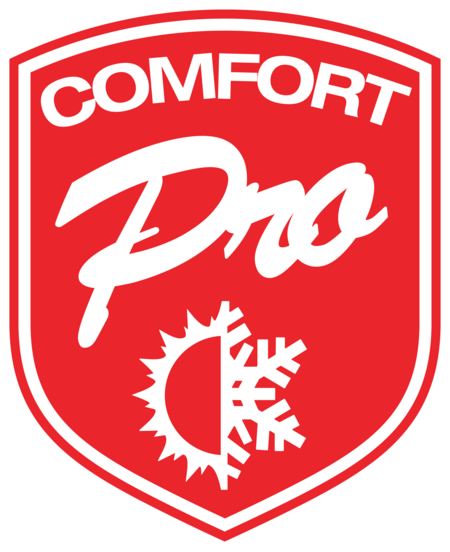When it comes to improving indoor air quality and energy efficiency, heat recovery ventilators (HRVs) and energy recovery ventilators (ERVs) are both effective options. But what sets them apart? Comfort Pro is here to explain.
Heat Recovery Ventilators (HRVs)
A heat recovery ventilator (HRV) exchanges heat between outgoing stale air and incoming fresh air, reducing the energy required to warm your home during colder months. HRVs are especially effective at managing indoor humidity in winter, helping to prevent excess moisture buildup that can lead to mold and mildew.
Key benefits of HRVs:
- Winter moisture control: Helps manage humidity levels during colder months, reducing mold risks.
- Energy efficiency: Preheats incoming fresh air, easing the load on your heating system.
- Improved air quality: Provides continuous ventilation, introducing fresh air year-round while removing indoor pollutants.
HRVs aren’t just for tightly sealed homes—while they are essential for such homes, they play a key role in maintaining indoor air quality for all homes, particularly in colder climates where moisture control is critical.
Energy Recovery Ventilators (ERVs)
An energy recovery ventilator (ERV) functions similarly to an HRV but also manages moisture transfer between the incoming and outgoing air. This makes it effective for controlling indoor humidity year-round. In humid climates, ERVs prevent excess moisture from entering the home, reducing strain on your air conditioner. Additionally, ERVs are excellent for homes dealing with radon or poor air quality, offering efficient ventilation without causing large humidity shifts.
Key benefits of ERVs:
- Year-round humidity control: Prevents outdoor moisture from entering in summer and balances indoor humidity in winter.
- Energy efficiency: Helps your AC run more efficiently by managing moisture intake.
- Continuous ventilation: Like HRVs, ERVs provide fresh air year-round, improving indoor air quality and addressing radon or pollutant concerns.
ERVs are not limited to tightly sealed homes. They are a valuable addition to any home, especially in areas with high humidity or poor air quality, providing continuous ventilation that benefits both your comfort and health.
Key Differences Between HRVs and ERVs
- Moisture Exchange: ERVs handle both heat and moisture, while HRVs focus solely on heat transfer.
- Seasonal Performance: HRVs excel at controlling winter humidity, while ERVs provide balanced humidity control all year long.
- Energy Efficiency: Both systems enhance energy efficiency, but ERVs offer additional savings by reducing the load on your AC in summer.
- Indoor Air Quality: Both HRVs and ERVs ensure continuous ventilation, helping reduce radon levels and improving overall air quality.
Choosing the Right Option
Whether you choose an HRV or an ERV depends on your home’s specific needs. If winter moisture control is a priority, an HRV may be the better choice. If year-round humidity management or radon reduction is important, an ERV could be the ideal solution.
Why Comfort Pro?
At Comfort Pro, we specialize in HVAC solutions tailored to your home. Whether you choose an HRV or ERV, our team will help you make the right choice and provide expert installation to improve your home’s air quality and energy efficiency.
Contact Comfort Pro today to learn how HRVs and ERVs can benefit your home!
